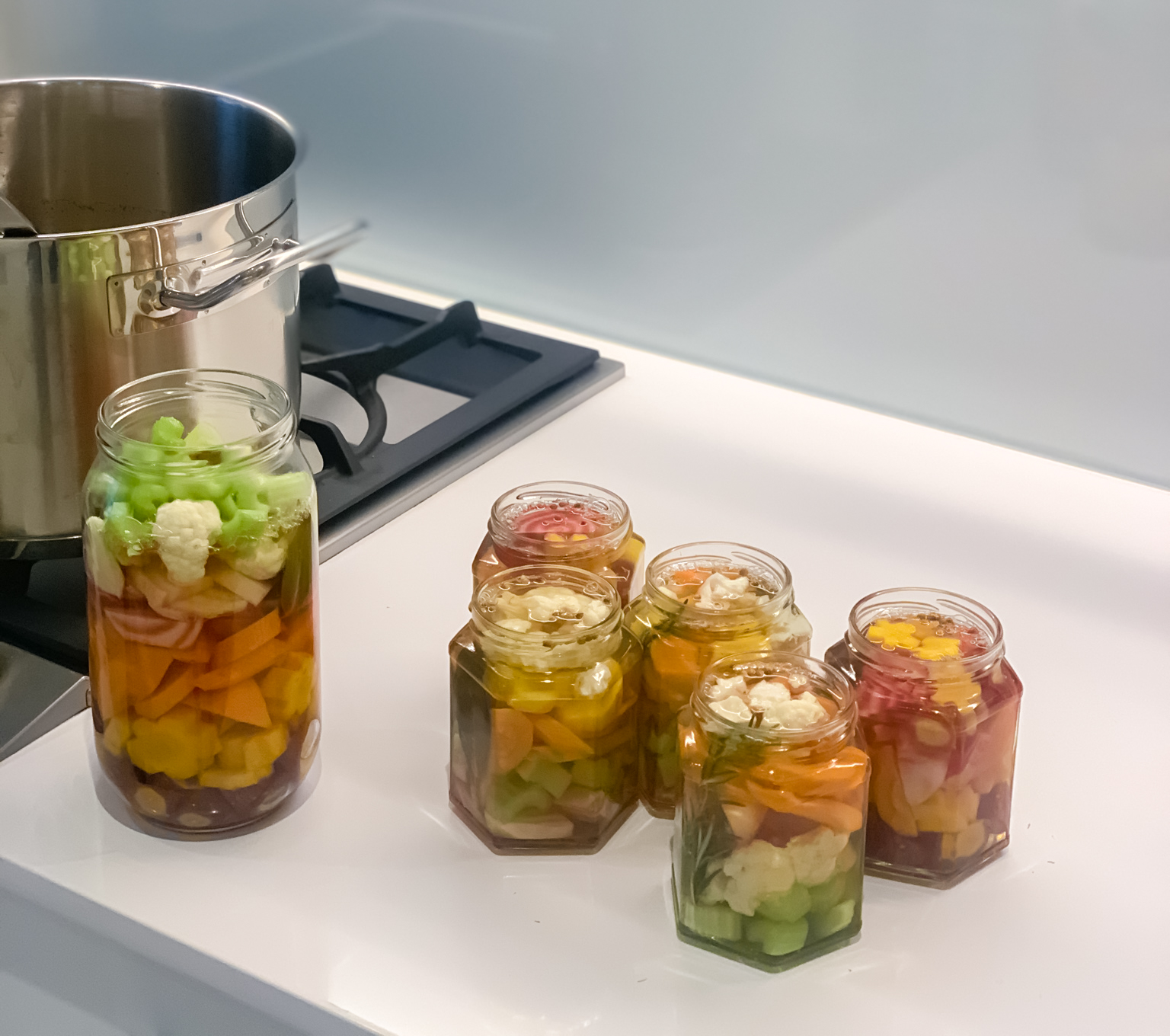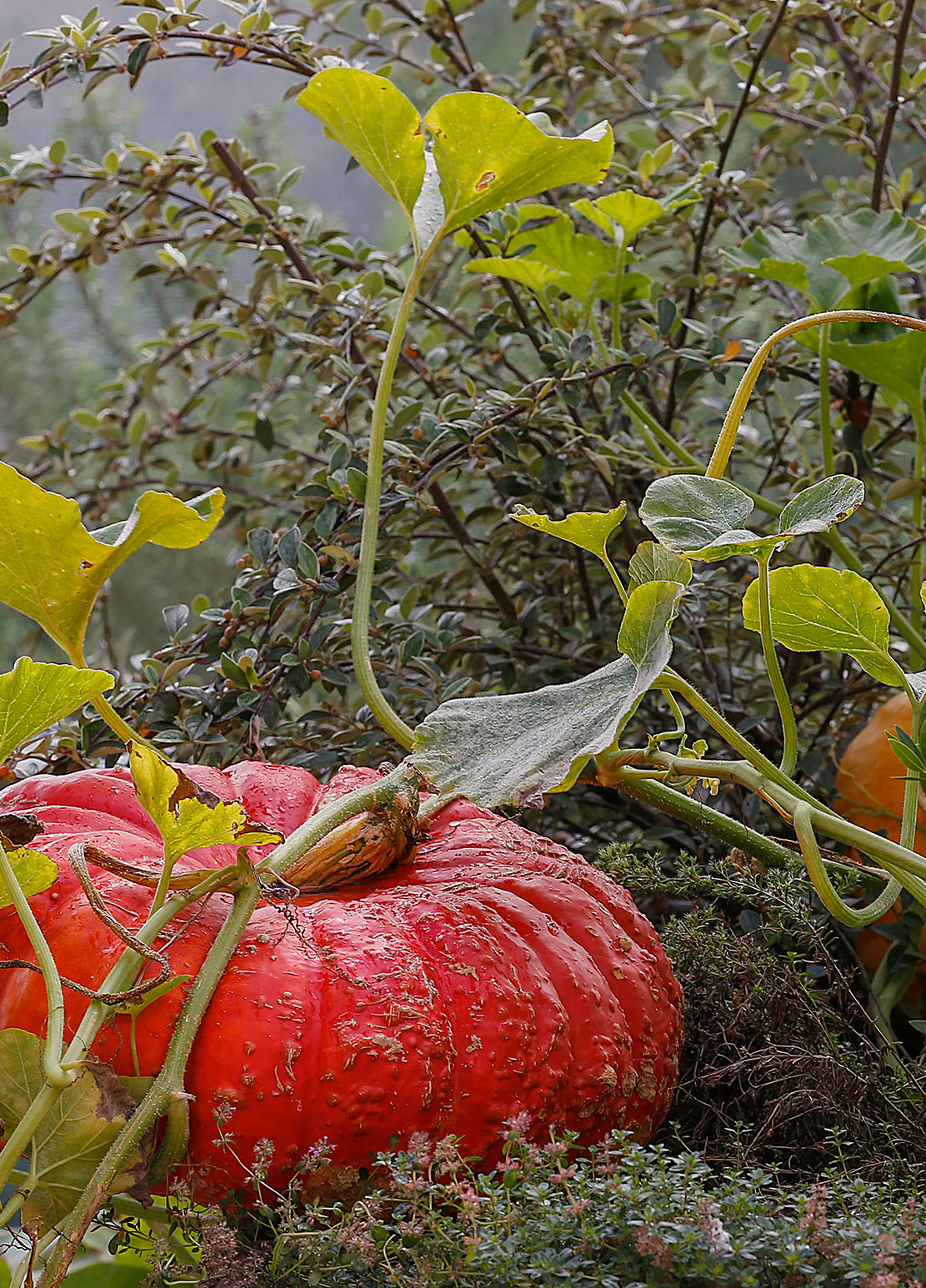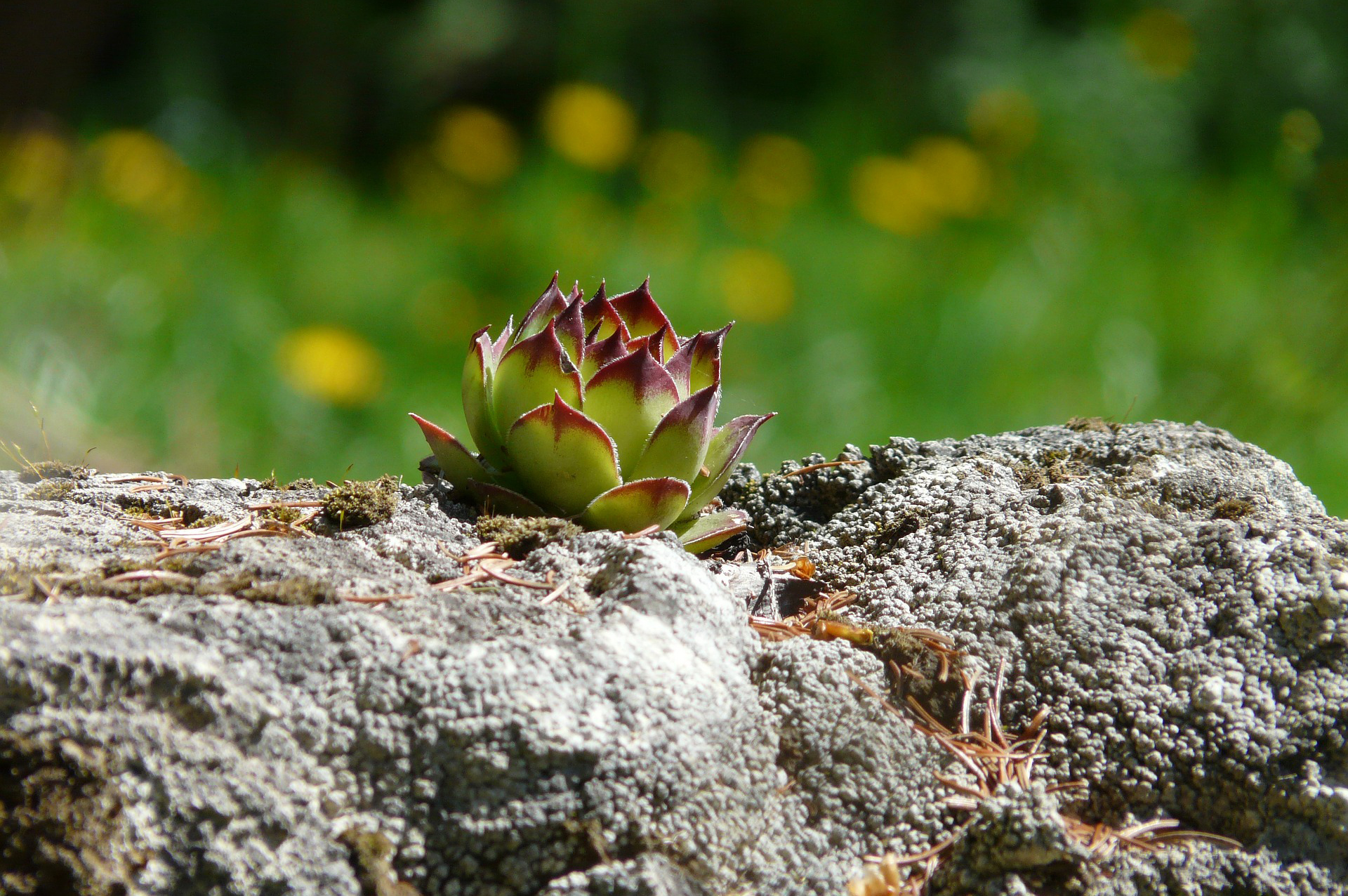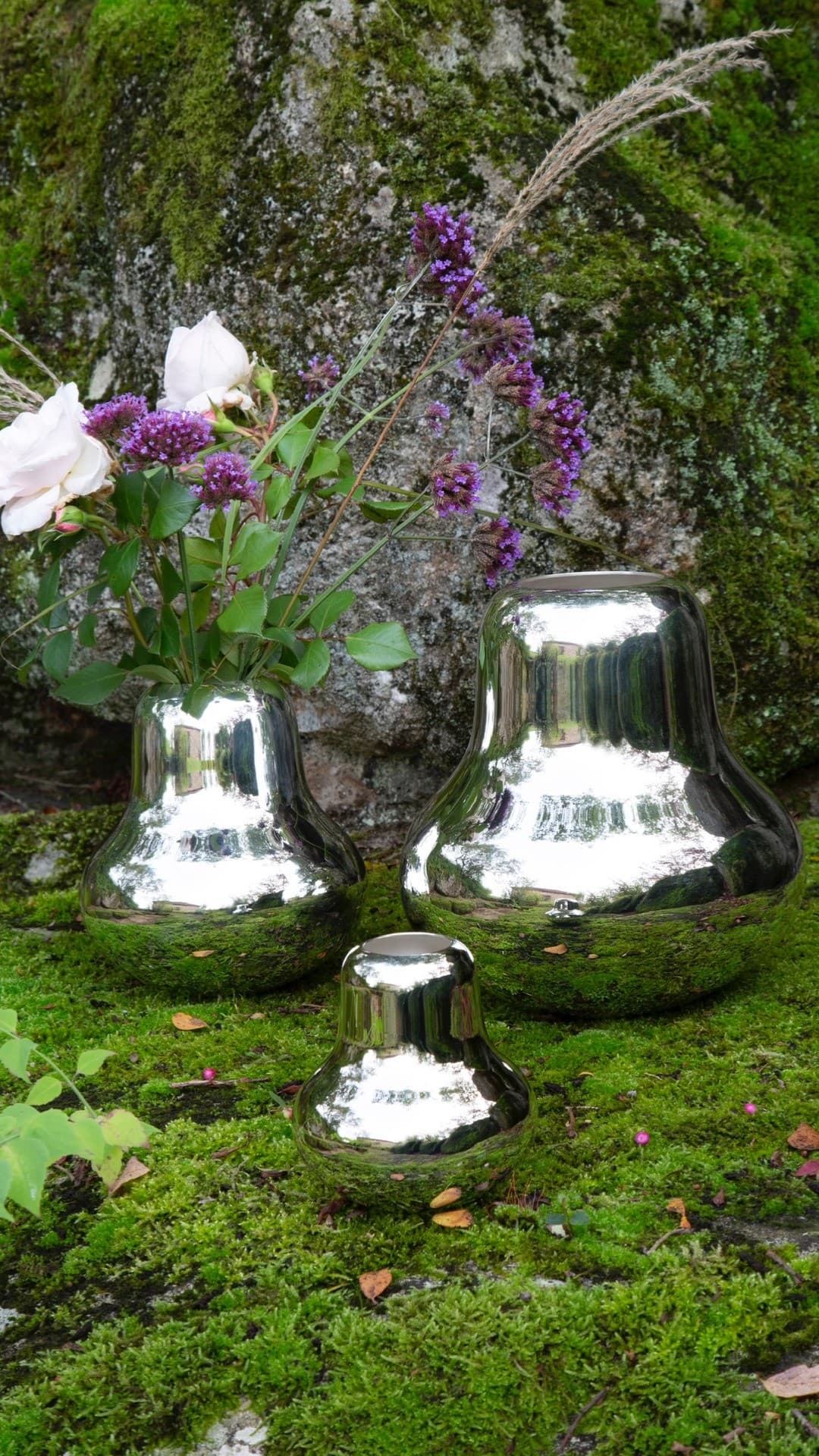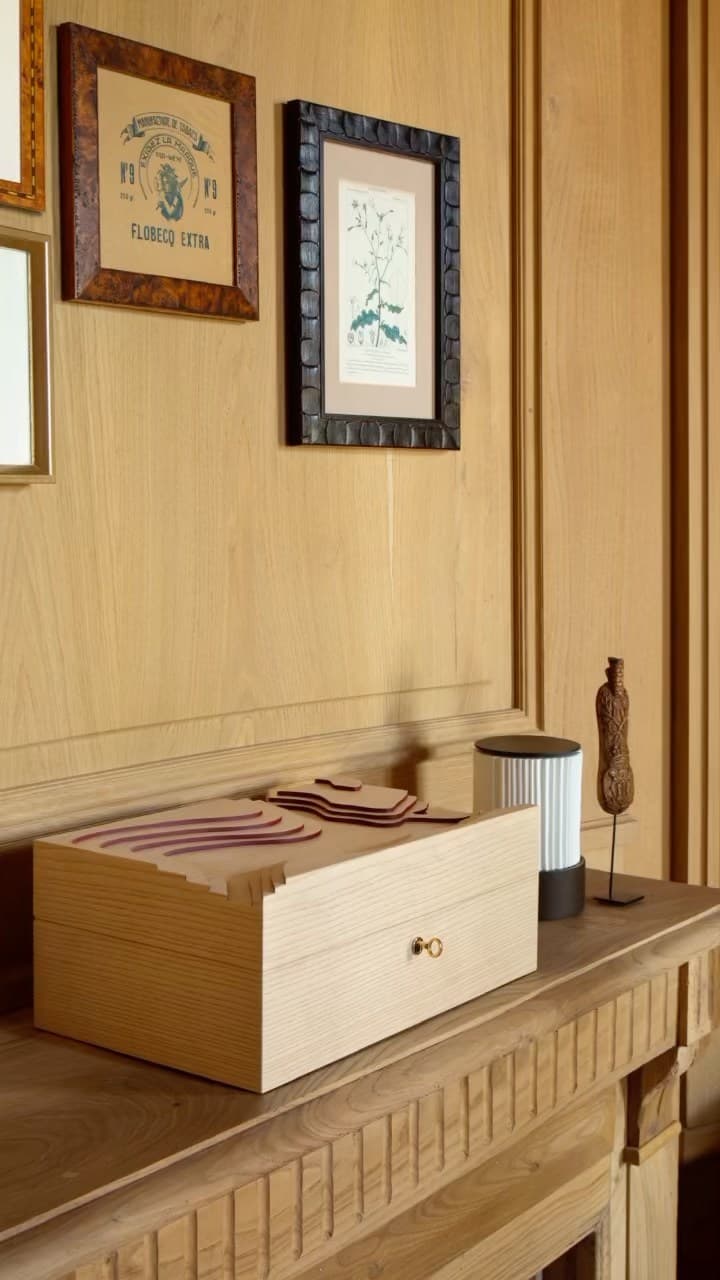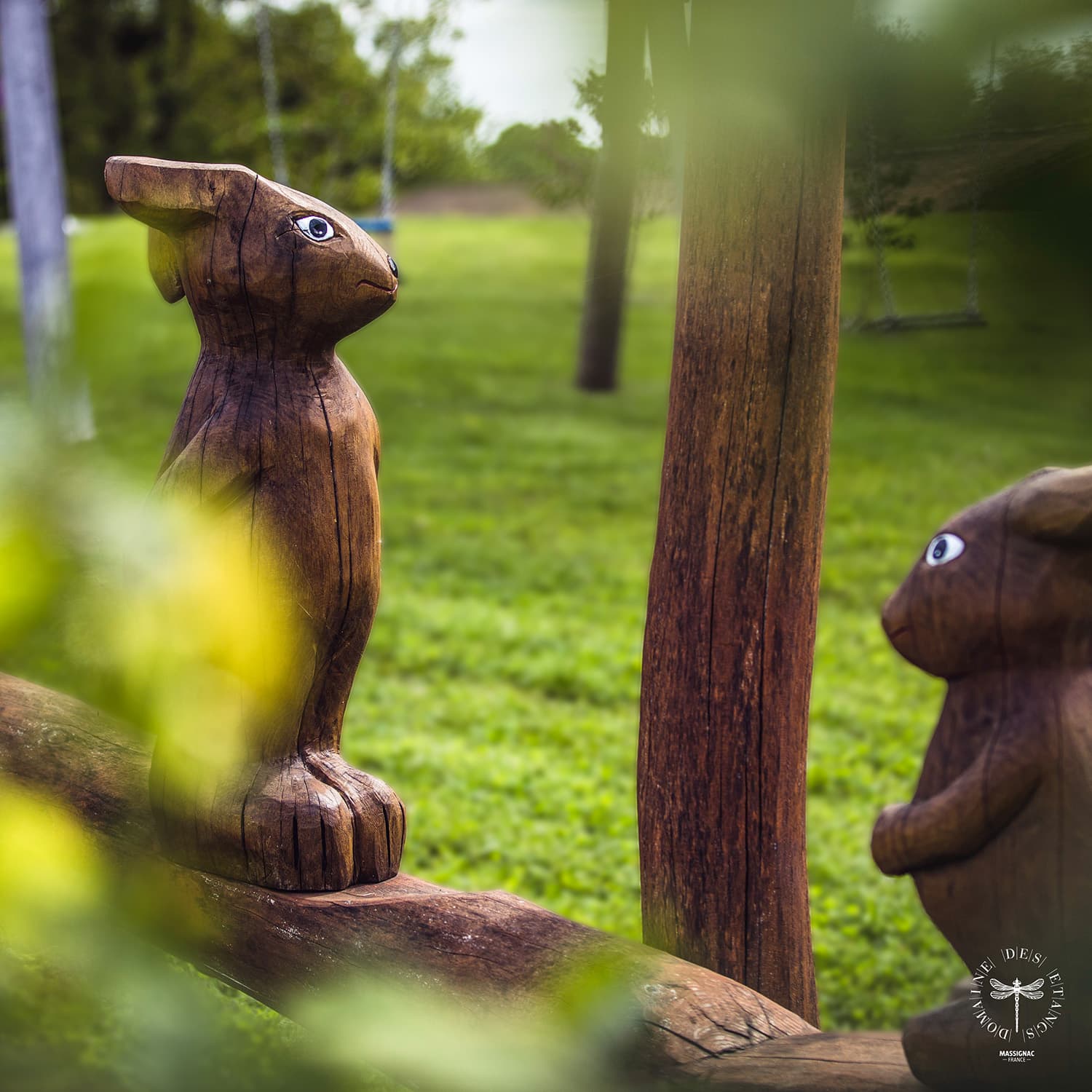THE PROMISE OF GOOD VEGETABLES
When your vegetable garden yields an abundant harvest, full of natural-tasting and delicious vegetables, you can preserve them longer. Thanks to lacto-fermentation, you can enjoy your vegetables all year round.
Healthy, tasty and economical, preserves of lacto-fermented vegetables offer numerous benefits.
Let’s discover this food preservation technique that has been around for several centuries.
Brine, a mixture of water and salt, will allow the good bacteria to develop in contact with the sugars contained in the vegetables. Lacto-bacteria will preserve the food for several months while eliminating spoilage bacteria and impurities.
This technique produces a superfood that boasts many health benefits. Lacto-fermented vegetables contain vitamin C and minerals. All their nutritional value is also preserved. Full of enzymes and probiotics, they also promote a balanced gut flora and boost the immune system.
A FAST AND SIMPLE TECHNIQUE
How do you make your own jars?
For a 1L jar, you will need:
– 1 kg vegetables
– 600ml water
– 20g salt with no additives
– spices and condiments.
Boil your 1L jar to pasteurize it.
Peel and chop your favourite vegetables. Most of the vegetables from your vegetable garden can be preserved.
Place your vegetables in the jar once it has cooled down and cover them with the condiments, spices and 20 g of salt.
Pour the brine and leave 2cm at the top of the jar.
Place a rubber seal, shut and shake the jar. Don’t forget to label it.
Leave the jar at room temperature for a week, then store it in a cool place, between 15° and 18°c, out of sunlight.
You will have to wait at least three weeks to enjoy these vegetables in your soups, stir fries, marinades or on a slice of bread. These jars can be kept for several months. You may also use jam jars for your preserves.
LET’S DISCUSS MIXTURES
In terms of flavours, mixtures are as varied as your inspiration. In terms of condiments, you may for instance use aromatic herbs, mustard seeds, garlic, glasswort, onion and season with the spices of your choosing.
To begin with, we suggest a combination of chioggia beets, yellow and purple carrots, cauliflower, garlic, laurel leaves and white pepper.
You can build a small stock of seasonal produce and pick from it to prepare your everyday meals.
“The soul of the gourmet is in his palate.” Jean-Jacques Rousseau
Preserving vegetables with lacto-fermentation is a simple experiment. It is an opportunity to share creative and authentic moments with your family. For a quick meal, a homemade gift or a treat, offer your lacto-fermented creations to everyone.
What are your favourite lacto-fermented recipes?

